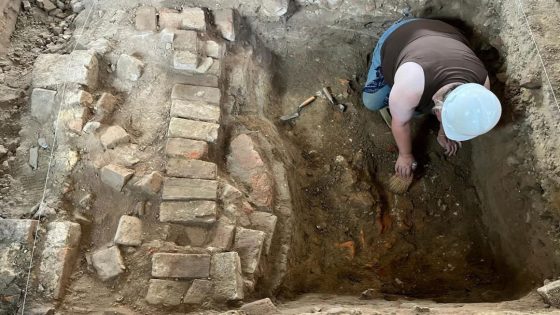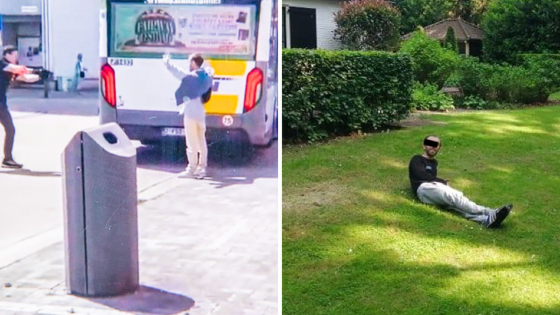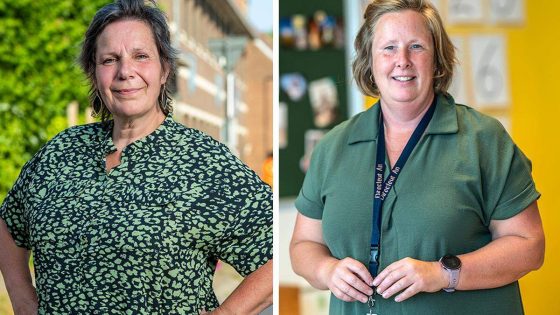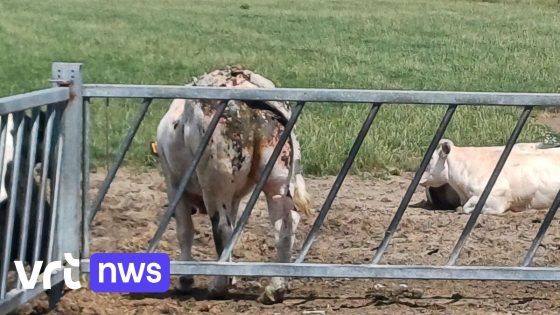Archaeologists in Virginia have made a remarkable discovery: the foundation of a building from the 1700s that housed the nation’s oldest surviving schoolhouse for Black children. Announced on June 19, 2025, by the College of William & Mary, this site offers a glimpse into a pivotal era of American history.
- Archaeologists discovered 1700s building foundation.
- Site was Virginia's oldest school for Black children.
- Artifacts include slate pencil fragments and jewelry.
- Schoolhouse later served as a dormitory.
- Cellar linked to enslavement and Indigenous communities.
- Recent finds include a glass shard of Minerva.
The university in Williamsburg revealed that the foundation is nearly intact, along with a cellar filled with artifacts like slate pencil fragments and jewelry. This schoolhouse, known as the Williamsburg Bray School, educated hundreds of mostly enslaved students in the 1760s, providing them with literacy and a sense of agency despite the oppressive context of their education.
This discovery raises important questions about how we understand education’s role in shaping history. What insights can we gain from the artifacts found? How does this history influence current discussions about education and race in America?
- The site reveals layers of history from the early republic to the 20th century.
- Artifacts include items linked to both enslaved individuals and Indigenous communities.
- The schoolhouse’s evolution reflects broader societal changes over centuries.
As we uncover more about our history, it’s crucial to engage with these narratives. What lessons can we learn from the past to inform our future?
































